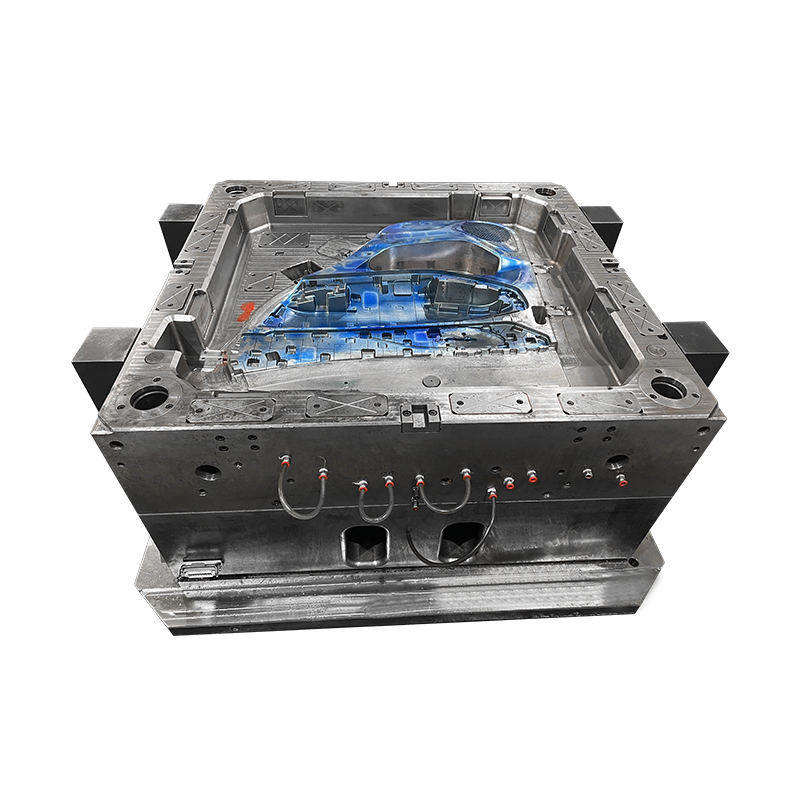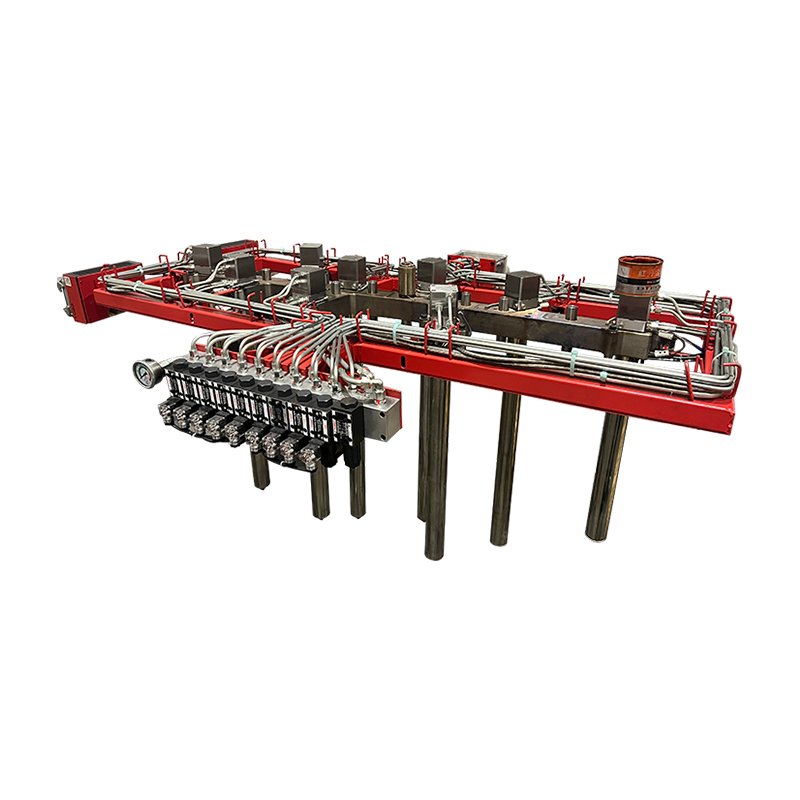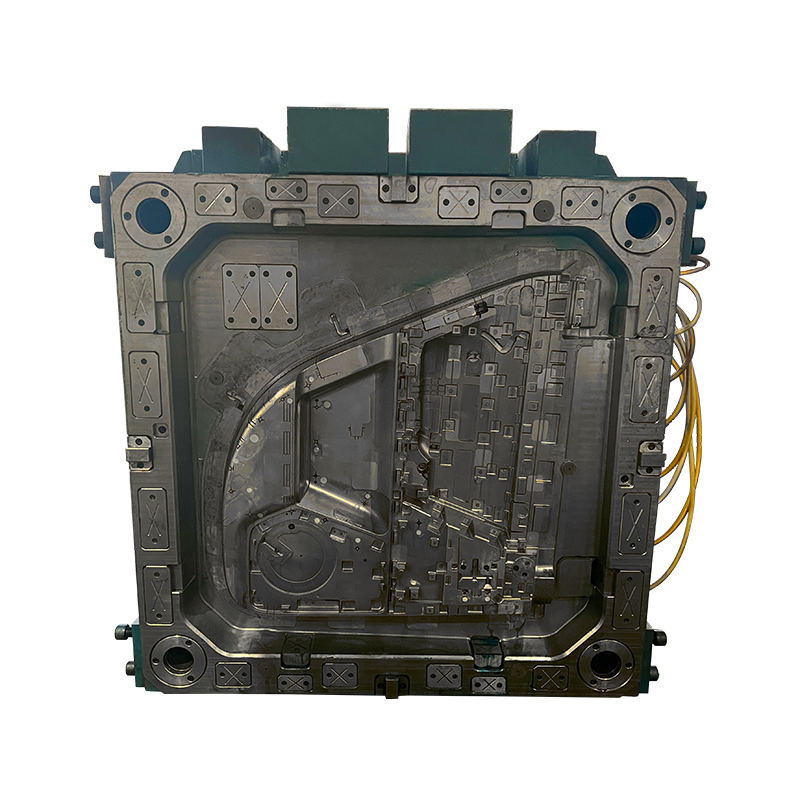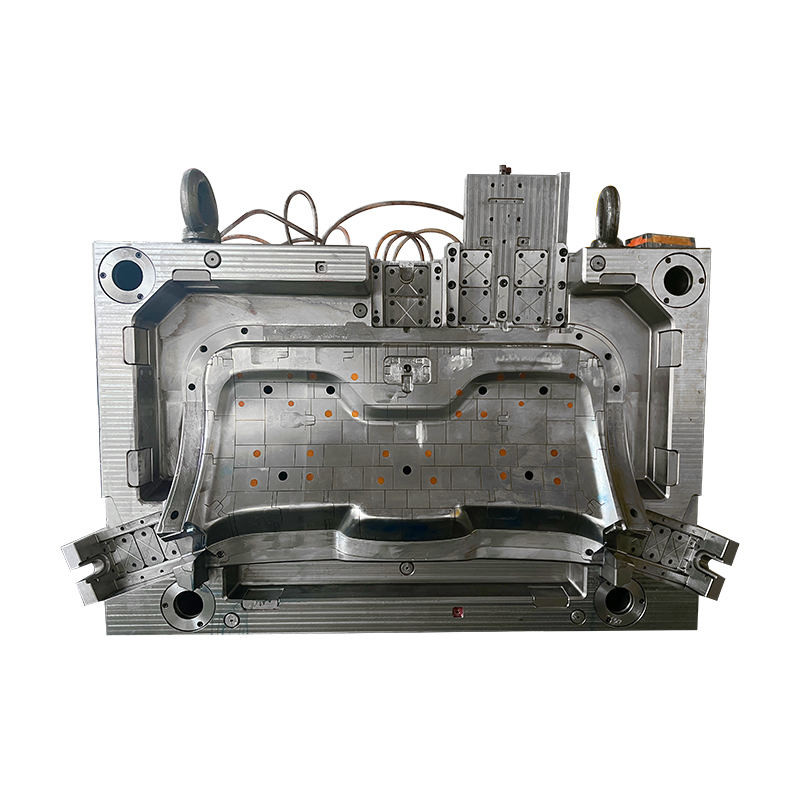Heat transfer molds operate on the principle of efficiently transferring heat during the injection molding process to achieve consistent and high-quality part production. These molds are designed with integrated heating and cooling systems to regulate temperatures throughout the mold cavity. By maintaining precise thermal control, heat transfer molds ensure uniform material flow, cycle times, and reduced part defects.
Heat transfer molds play a crucial role in the efficiency and quality of various molding processes, such as injection molding, compression molding, and blow molding. The principle of heat transfer in molds revolves around the precise control and distribution of temperature to achieve molding conditions.
Heat transfer in molding involves the movement of heat from one part of the mold to another or from the mold to the plastic material being processed. Efficient heat transfer is essential for several reasons:
1. Material Flow and Filling:
Proper heat distribution ensures that the plastic material flows smoothly and fills the mold cavity completely, resulting in accurate and defect-free parts.
2. Cooling and Solidification:
Effective heat transfer allows for controlled cooling and solidification of the molten plastic, which is crucial for maintaining dimensional accuracy and structural integrity of the molded part.
3. Cycle Time Reduction:
Optimized heat transfer can significantly reduce cycle times by speeding up the heating and cooling phases of the molding process, enhancing overall production efficiency.
PCM (Precision Compression Molding) molds for automobile parts are crucial in manufacturing components that demand high precision and durability. These molds use compression molding techniques to shape materials like thermoset plastics or composite materials under controlled pressure and temperature. PCM molds are favored for their ability to produce complex geometries and maintain tight tolerances required in automotive applications.
In the automotive industry, the quality and efficiency of part production are critical. One technology that has significantly contributed to achieving these goals is the PCM automobile parts mold. PCM molds combine advanced materials and innovative manufacturing processes to produce high-quality, durable, and lightweight components essential for modern vehicles. This article explores the principles, advantages, applications, and future prospects of PCM Automobile Parts Mold.
Understanding PCM Molding
PCM Automobile Parts Mold molding involves the use of polymer composite materials to create molds for manufacturing automobile parts. These molds are made from composite materials that offer high strength, durability, and resistance to wear, making them ideal for high-volume production.
1. Materials:
Polymer Composites: These materials consist of a polymer matrix reinforced with fibers such as carbon, glass, or aramid. The combination results in a material that is lightweight yet extremely strong and durable.
Resins: Thermosetting resins, such as epoxy or polyester, are commonly used in PCM Automobile Parts Mold due to their ability to withstand high temperatures and provide dimensional stability.
2. Process:
Mold Fabrication: The process begins with designing and fabricating the PCM Automobile Parts Mold using advanced techniques such as 3D printing, CNC machining, or hand lay-up. The composite material is layered and cured to form a solid, durable mold.
Part Production: Once the mold is ready, it is used in various molding processes, such as injection molding or compression molding, to produce automobile parts. The mold's high thermal conductivity ensures efficient heat transfer, bring about shorter cycle times and improved part quality.
Types of Injection Mold
Injection molds are essential tools in manufacturing plastic parts with precision and efficiency. Several types of injection molds cater to diverse production needs:
Single Cavity Molds: Produce one part per cycle, ideal for prototyping or low-volume production.
Multi-Cavity Molds: Simultaneously produce multiple identical parts in each cycle, optimizing production efficiency and reducing per-unit costs.
Family Molds: Create different parts simultaneously or parts that are assembled later, enhancing production flexibility.
Hot Runner Molds: Maintain molten plastic in the runner system to eliminate cold runners, reducing material waste and cycle times.
Cold Runner Molds: Channel molten plastic through cold runners, suitable for materials sensitive to heat or when precise control over material flow is necessary.
Insert Molds: Incorporate metal or other components into the mold cavity during the injection process, enhancing part functionality and design options.












